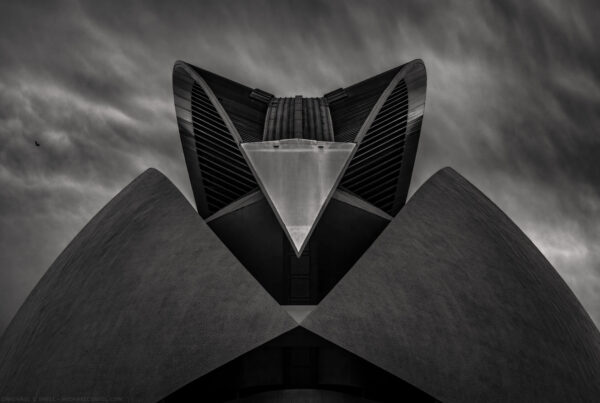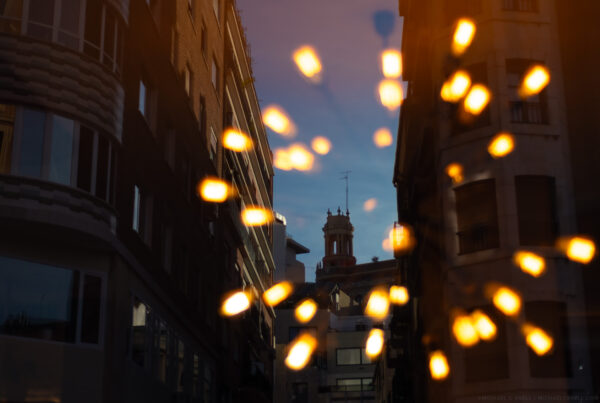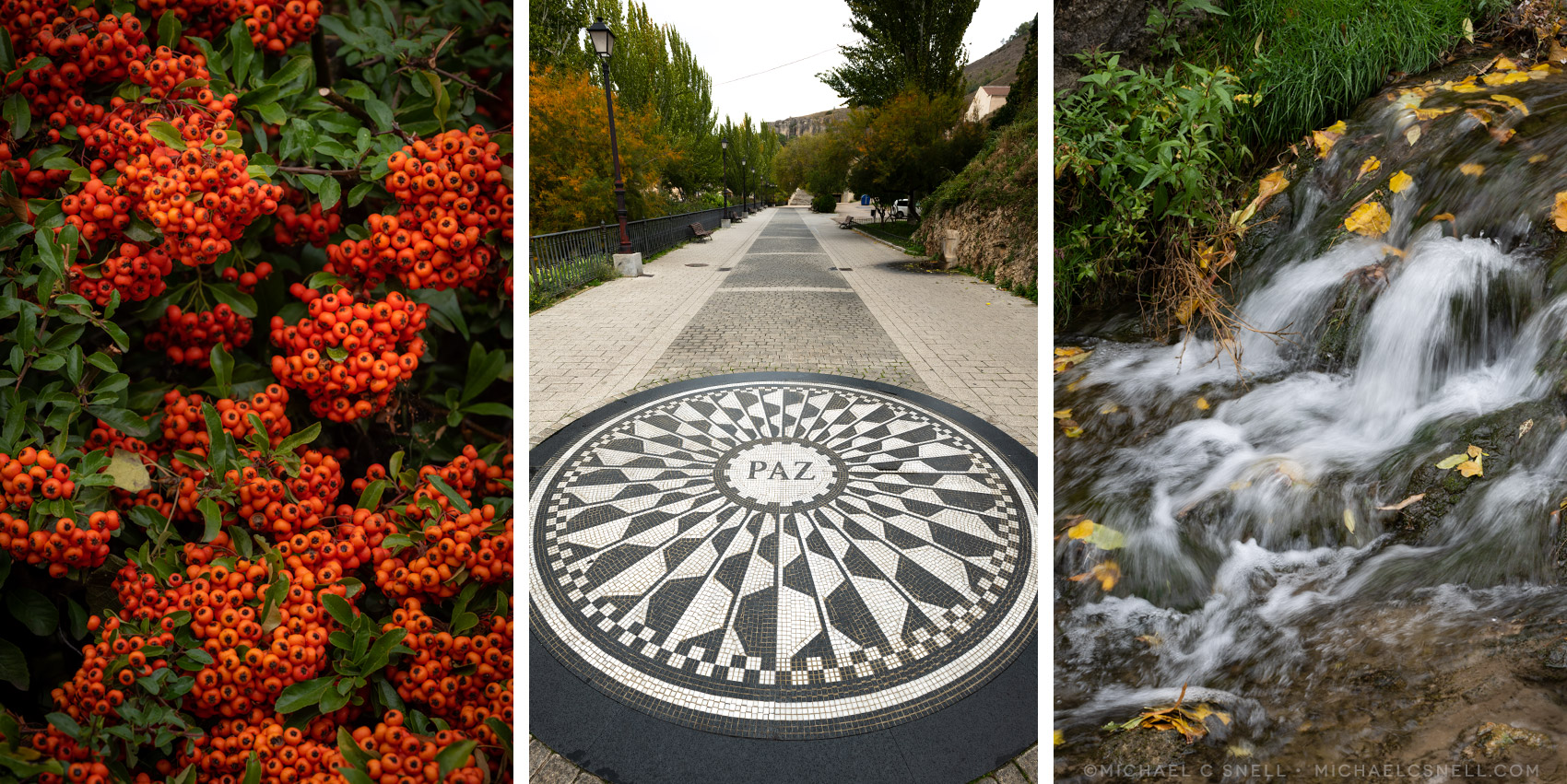
I want to do one more post on Cuenca, Spain, before I move on to some other things, other places. I’ve written about walking into the Old Town from the Parador and I’ve shown a series of images from Cuenca’s main road, but I’ve skipped over many of the true attractions Cuenca has to offer.

First among Cuenca’s charms is its setting. The town I’ve shown so far is situated along the top of the stoney ridge formed between two river gorges. The newer town had developed at the bottom of the ridge and the area along the rivers has been largely left wild, or lightly developed with walking paths and parks. The result is a nice corridor of nature that you can walk through to get to the newer developments.
One of the most recent additions to Cuenca’s list of attractions is the Museo Paleontológico de Cuenca, a natural history museum devoted to the prehistoric life that once roamed this region. It is located on a lower hill to the south of the Old Town and east of the newer city center. The low rise of this location provides for a great view back across the valley to the Old Town.
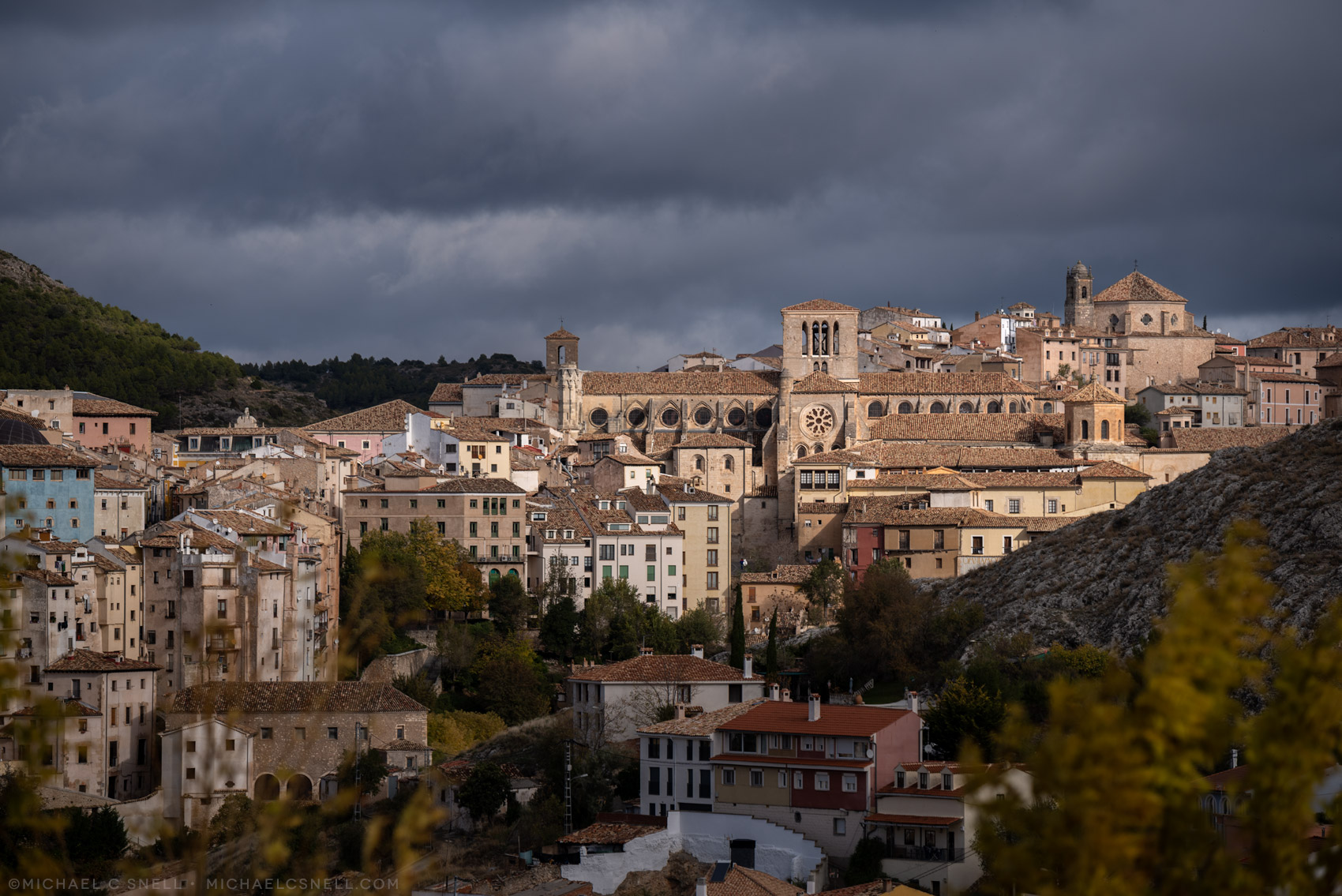
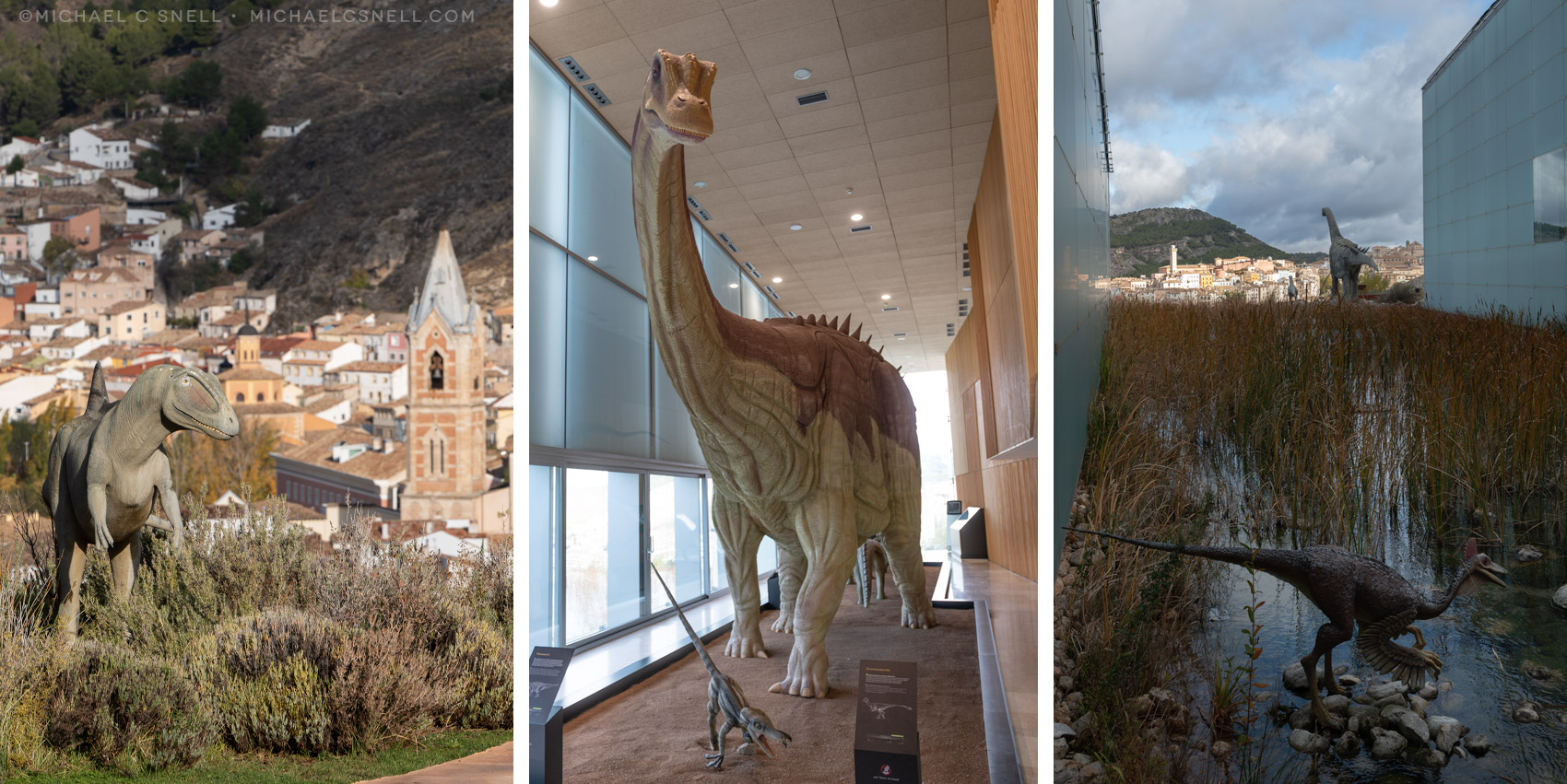
Most of the other attractions for tourists are to be found in Cuenca’s Old Town and the Cathedral on the Plaza Mayor is one not to be missed. Originally constructed between 1196 and 1257, the Cuenca Cathedral is one of the earliest examples of Spanish Gothic architecture. Renovations have altered the Cathedral, however (largely in the 16th and 17th centuries), but the facade was further changed when the bell tower collapsed in 1902. Partially reconstructed in the neo-Gothic style, the facade now feels a little unfinished but plans remain ongoing to continue renovations and complete the towers once again.
For a small fee, you can explore the interior and tour some exhibits relating to the reconstruction.
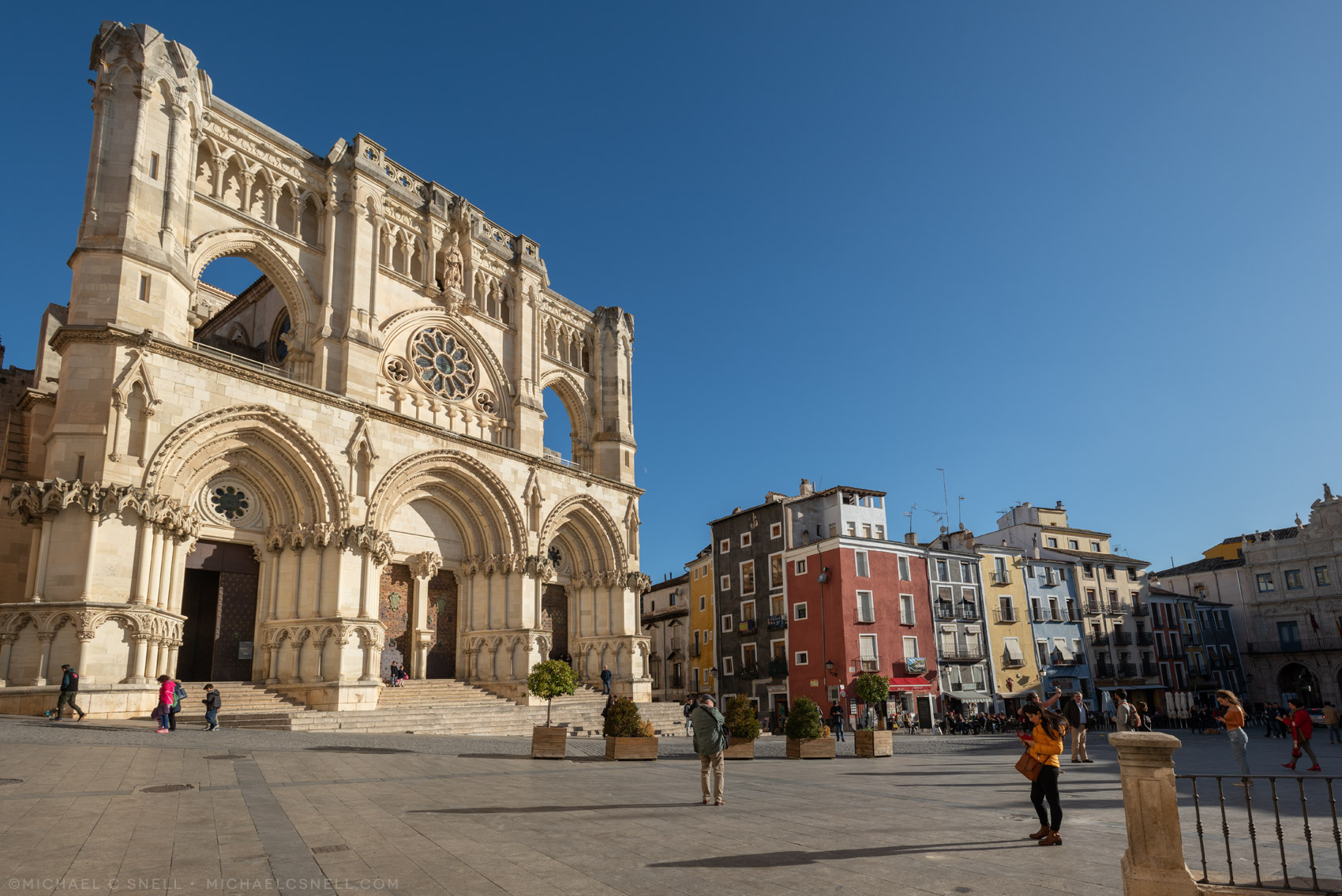
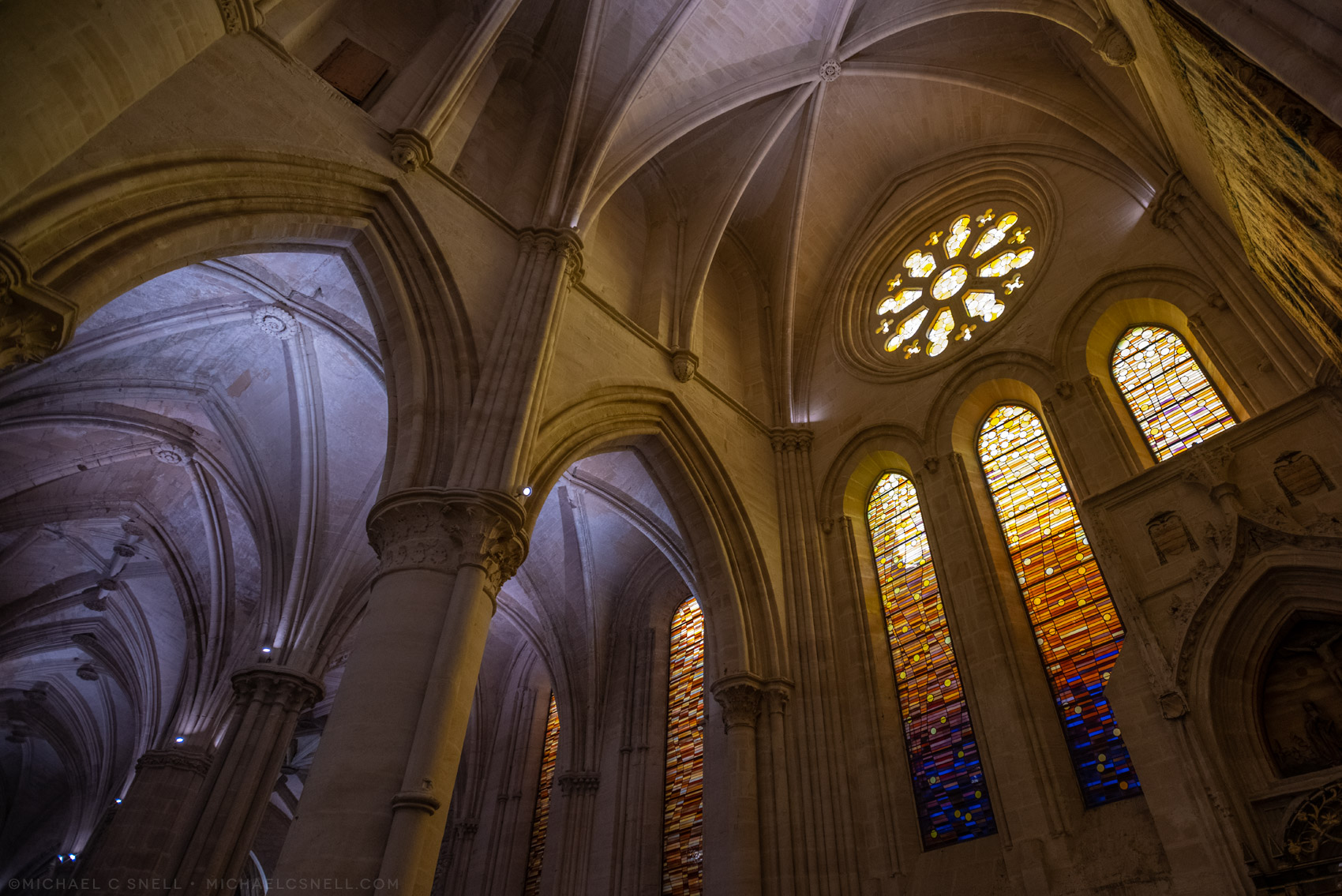
Probably the most well-known of Cuenca’s attractions are the Hanging Houses, or Casas Colgadas. While there were historically more, the most famous three remaining are those that tower above the footbridge that leads from the Parador to the Old Town.
The balconied house shown most prominently in this twilight photo taken from the Parador now houses the Spanish Abstract Art Museum. In 1963 the artist Fernando Zobel (for whom the high-speed train station in Cuenca is named) chose this building as a home for his collection of Spanish abstract art. The museum has since expanded multiple times and now gets around 40,000 visitors a year.
The art is incredible, but the setting is as well. Having the chance to roam the rambling arrangement of rooms in one of the Hanging Houses is a wonderful experience and the views across the gorge toward the Parador are stunning. Outside and to the south, the foundations of several other former Hanging Houses have now been converted into a series of courtyards and overlooks that provide more amazing views.
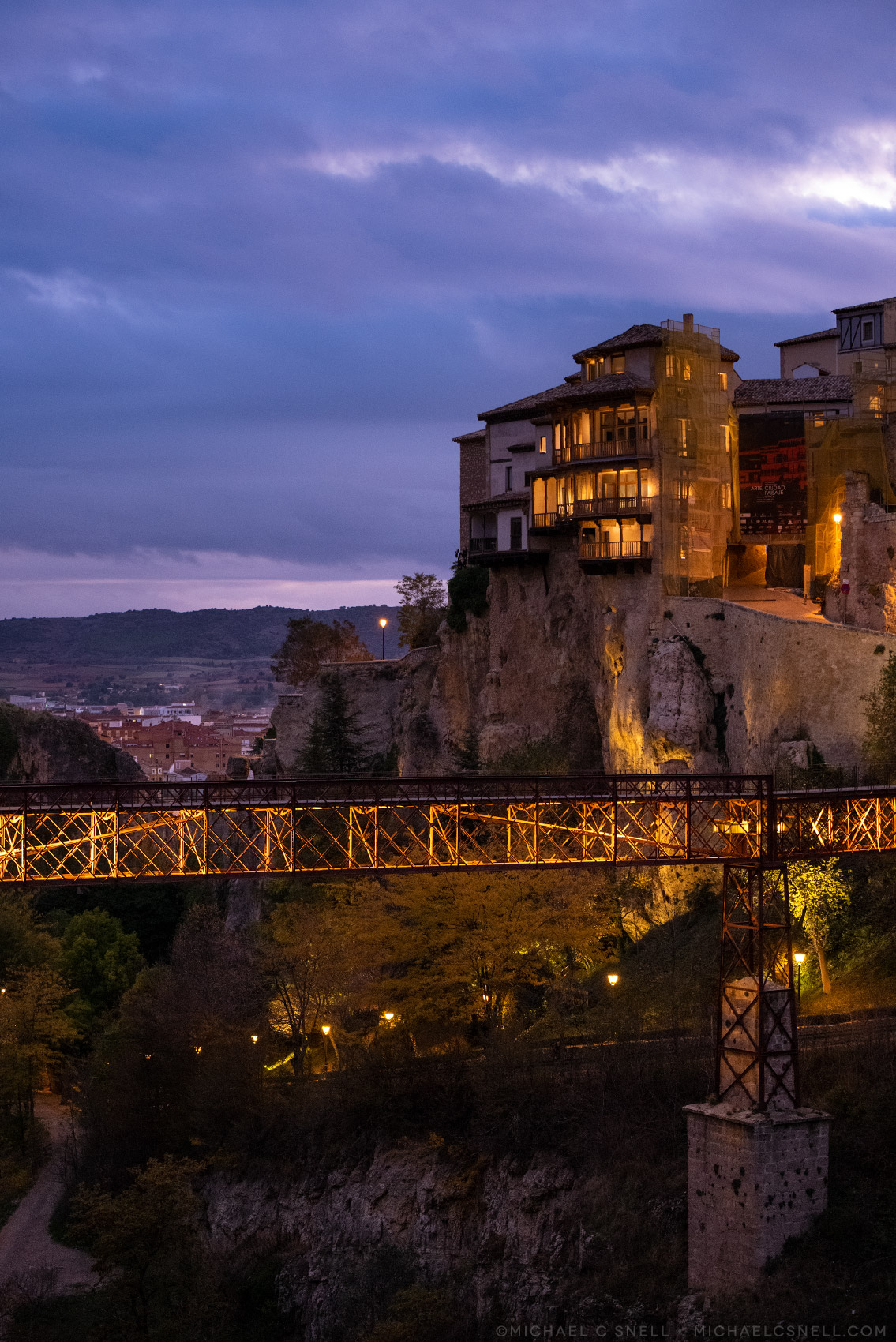
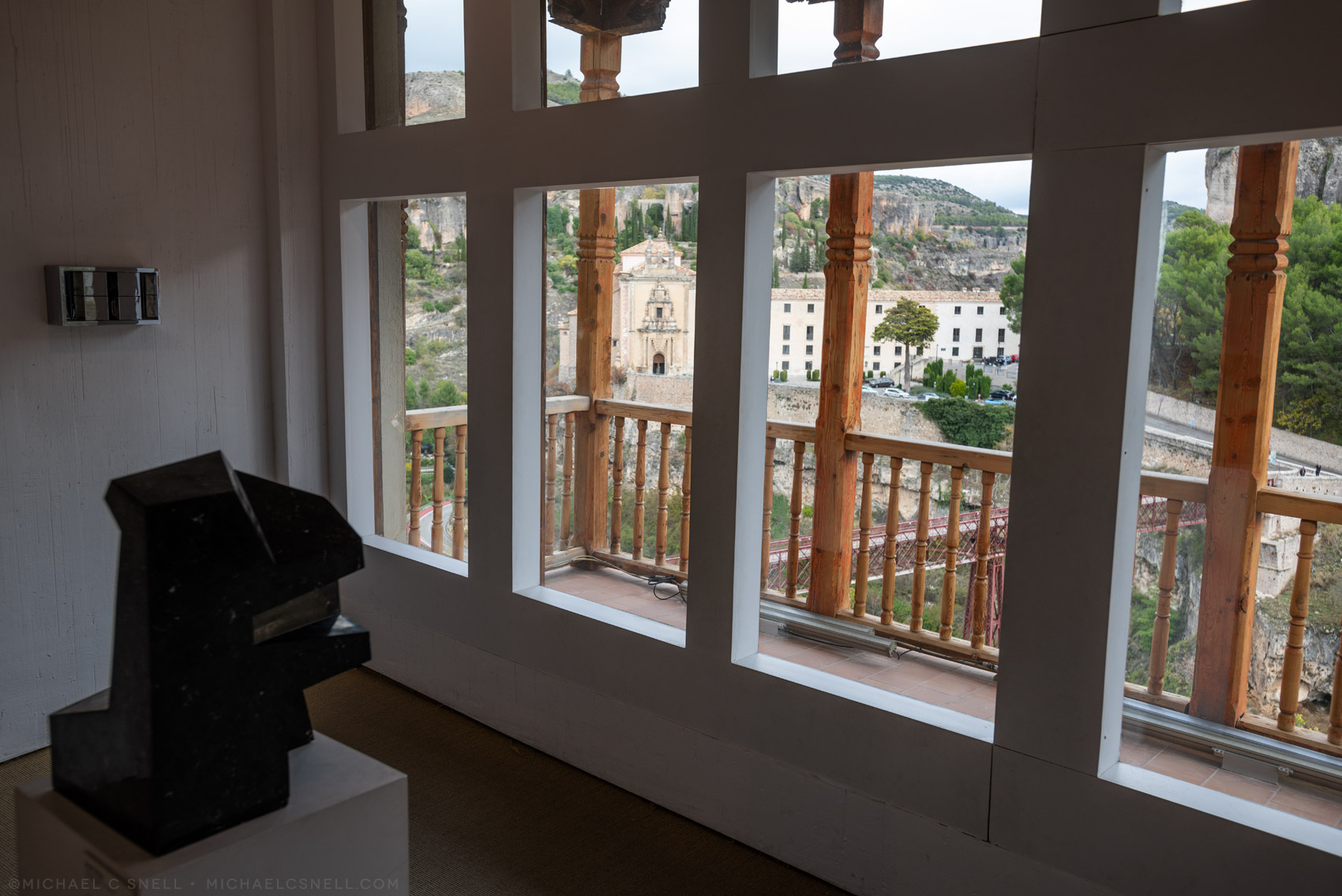
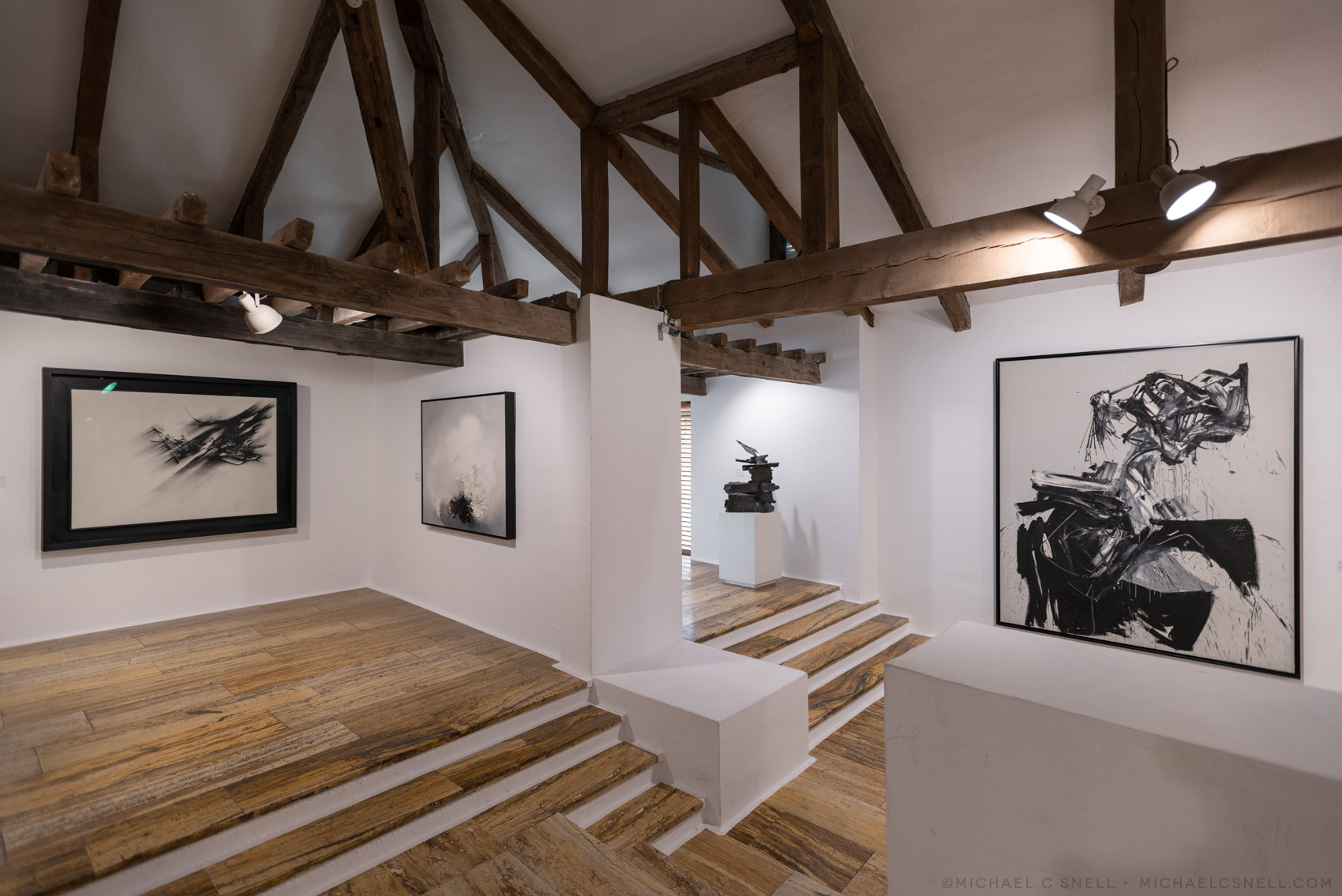
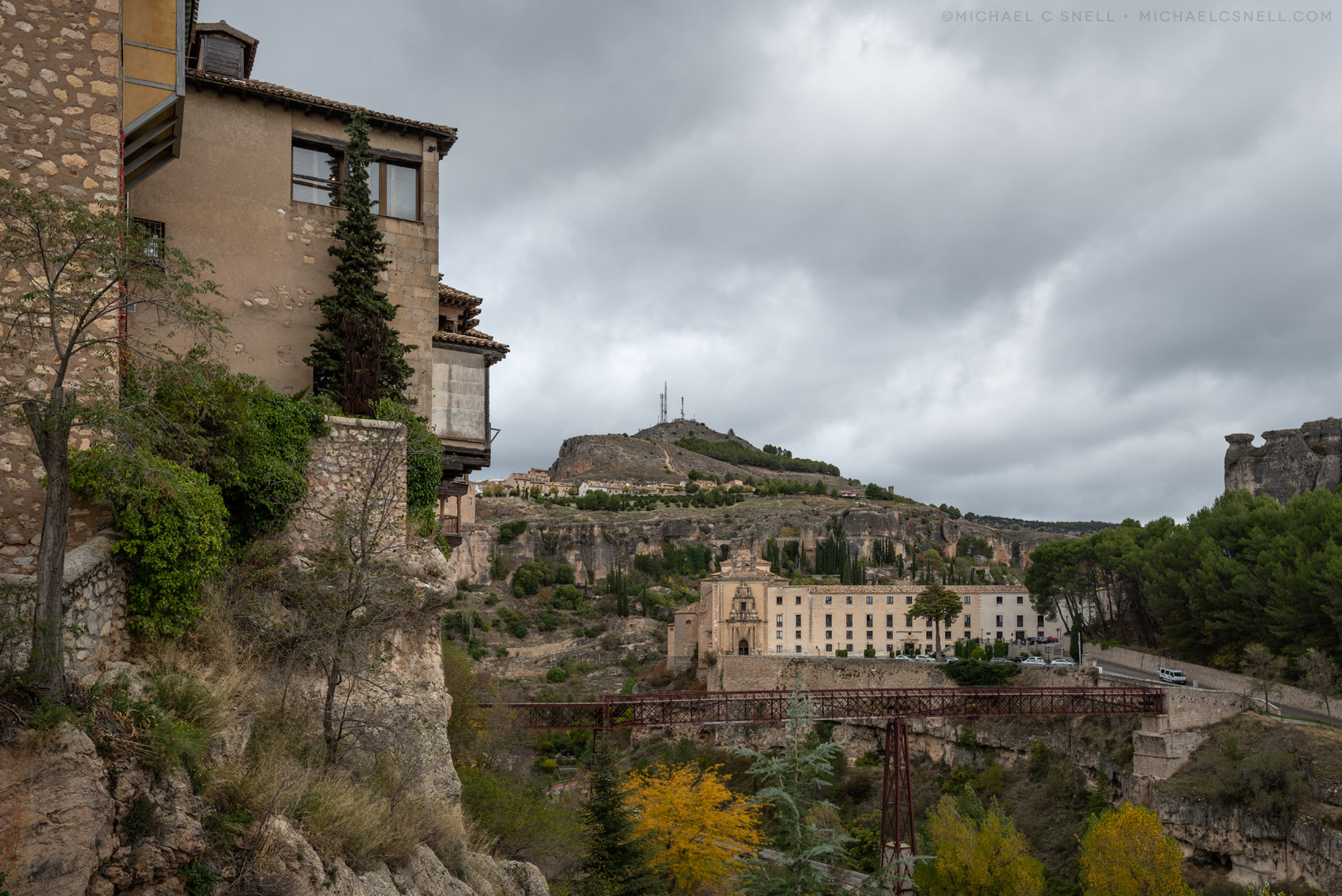
I’ll leave Cuenca behind for now and turn focus to some other recent shoots and newsworthy items, but don’t be surprised to see more Cuenca images here in the future. I had a nice amount of time on my own to shoot here and I developed a nice catalog of images — just a fraction have been shown here. It was a great town to spend a few un-rushed days in, but I was soon on other another fast-paced photo gathering trip west of Madrid. More on that later as well…
